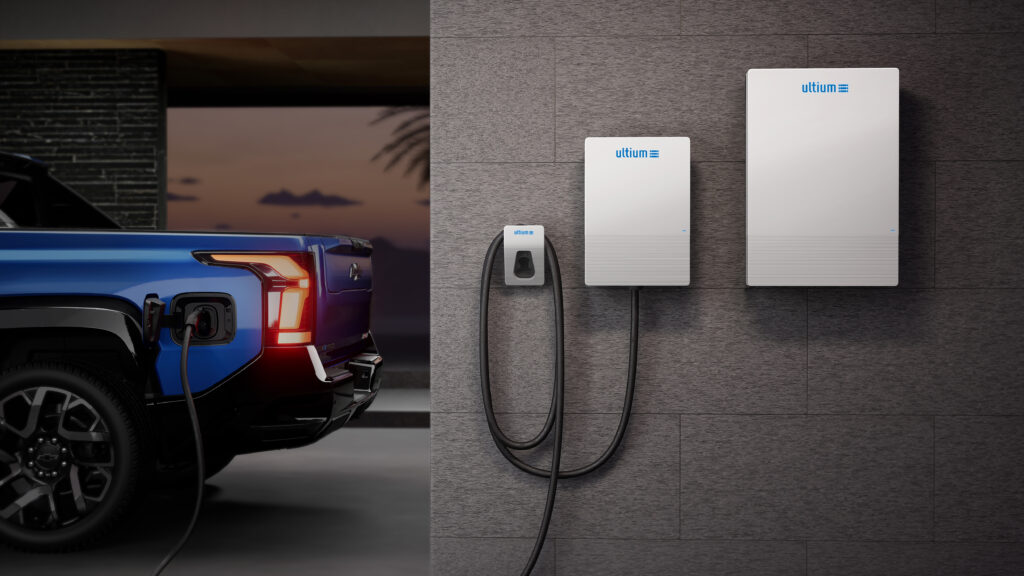When a natural disaster or even a short power outage occurs, gaining access to electricity quickly becomes an urgent need. Fortunately, many electric vehicles can serve as backup power sources. How does this work, you may ask, and how do EVs compare to stand-alone battery solutions?
Let’s start with stand-alone batteries. They vary immensely, but as an example a consumer-grade uninterruptible power supply suitable for charging a few cell phones or a laptop and which costs under $100 contains less than one-tenth of one kWh of energy. Stepping things up, a portable power unit that can power appliances for up to several hours and costs $3,000 to $5,000 holds around 6 kWh. Meanwhile, a stationary battery designed as a whole-house solution can cost $15,000 to $20,000 and holds around 12 kWh.
And what about EV batteries, which you may already have in your garage? The 2025 version of the Hyundai Ioniq contains 84 kWh of storage, and the Chevrolet Silverado EV reportedly maxes out at over 200 kWh. It’s safe to say that any EV stores many times the amount of energy stored in a residential stationary battery, and the good news is you’ve already paid for it.
How is this energy accessed? Simple. You can plug standard devices in to Hyundai and Kia EVs using an adapter that is basically a J1772 handle with an outlet on the end.
And properly-equipped Ford F-150 Lightning and Chevy Silverado EV can supply an entire house using Vehicle-to-Home equipment. Features and capabilities vary by make and model, but it’s pretty clear that the trend is toward using EV batteries for more than just driving.
Two footnotes worth mentioning: First, as stated above, not all EV manufacturers provide for power to be exported. Second, plug-in hybrid EVs, despite having relatively large batteries, may not allow for power to be exported even when fully electric models from the same manufacturer do. In such cases, the on-board ports are powered by the 12-volt battery and not the higher voltage traction battery, meaning that that battery will deplete like in a combustion vehicle if the engine isn’t run.
Bottom line: There is some homework to figuring this out, but if your car can export power it’s a great resource when you need it.
For more information about EVs and EV charging, I invite you to contact me or connect with me on LinkedIn.

